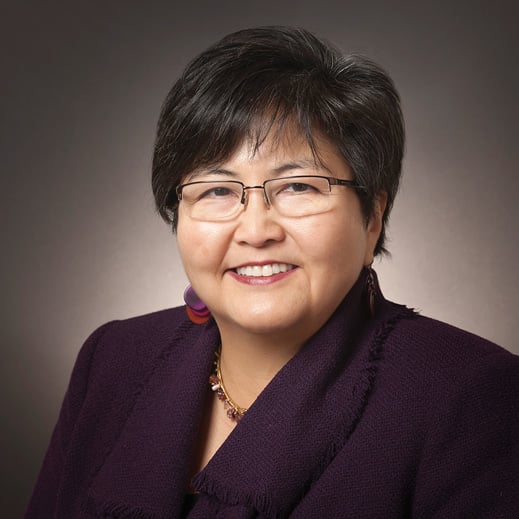Right now, U.S. soldiers on the ground in Afghanistan lack a tool that many people take for granted: smartphones. That will soon change, says Iris Bombelyn, Lockheed Martin’s vice president of narrowband communications for military clients. She heads the team building a new mobile user objective system (MUOS), which will provide the troops with secure video, text, and data transmission capabilities on top of their existing secure voice-only service.

With five satellites, four ground stations, and a unique waveform, the MUOS works well in both urban canyons and jungle foliage, Bombelyn says: “The multiple signals that bounce around out of sync that can degrade signal strength are actually recombined to provide a stronger signal.” Plus, it can prioritize users, allocating more bandwidth to a soldier on a mission than to one checking routine e-mail.
“This is a game changer in the ability to communicate more dependably and provide more information for critical missions,” Bombelyn says. The project is the latest innovation in her 30-year career. In 2012 she was named Executive of the Year in the Asian American Engineer of the Year Awards, and in 2013 Women of Color magazine honored her with a career achievement award.
Born in Hawaii, Bombelyn grew up in Washington and earned a bachelor of science in engineering at Washington State University. Her career has taken her from working as an instrumentation engineer to serving as satellite program director on a post–Cold War joint venture in Baikonur, Kazakhstan, that launched commercial satellites on Russian rockets.
In 2008, Bombelyn entered the Sloan Fellows program, which provided new challenges. “Sloan really came at a good time for me and not just from an MBA standpoint,” she says. “I learned a lot from my interactions with my cohort and my professors. Here’s the tough part: we’re all leaders and achievers, and we were supposed to get something done with no designated boss.” But they did. For example, she recalls, the Social Impact Committee raised $10,000 for Boston AIDS Africa. “To have everyone in the cohort participate was quite the accomplishment,” she says.
Today, Bombelyn mentors more than 20 engineers, both inside and outside her company. She also holds a black belt in jiu jitsu and is trying to improve her golf game. She and her husband live in Cupertino, California.
Keep Reading
Most Popular
Large language models can do jaw-dropping things. But nobody knows exactly why.
And that's a problem. Figuring it out is one of the biggest scientific puzzles of our time and a crucial step towards controlling more powerful future models.
The problem with plug-in hybrids? Their drivers.
Plug-in hybrids are often sold as a transition to EVs, but new data from Europe shows we’re still underestimating the emissions they produce.
Google DeepMind’s new generative model makes Super Mario–like games from scratch
Genie learns how to control games by watching hours and hours of video. It could help train next-gen robots too.
How scientists traced a mysterious covid case back to six toilets
When wastewater surveillance turns into a hunt for a single infected individual, the ethics get tricky.
Stay connected
Get the latest updates from
MIT Technology Review
Discover special offers, top stories, upcoming events, and more.